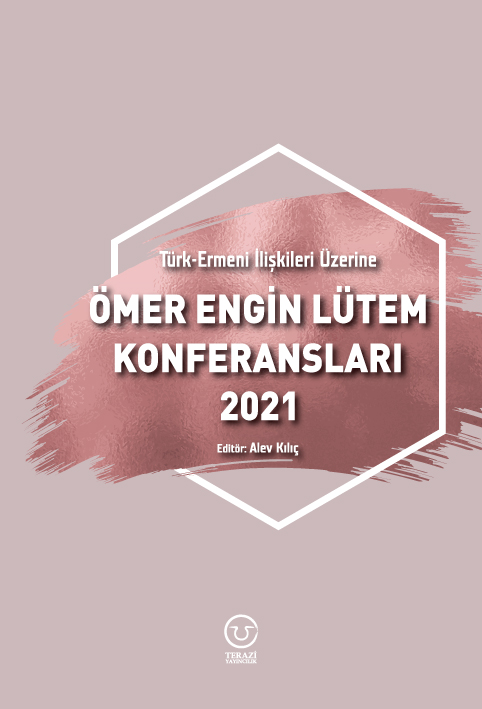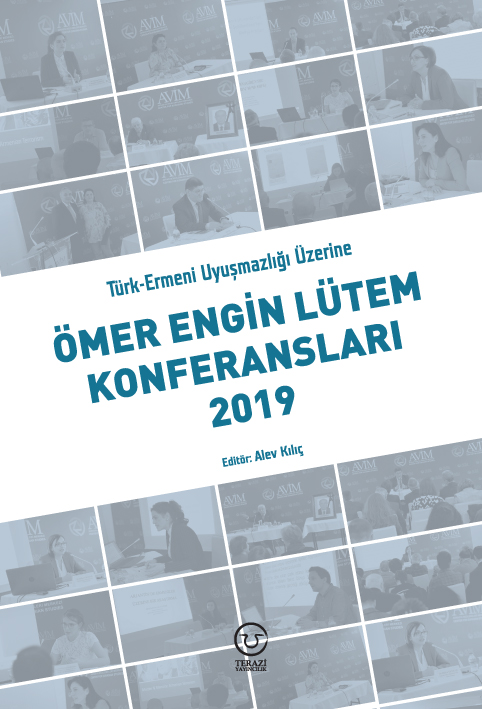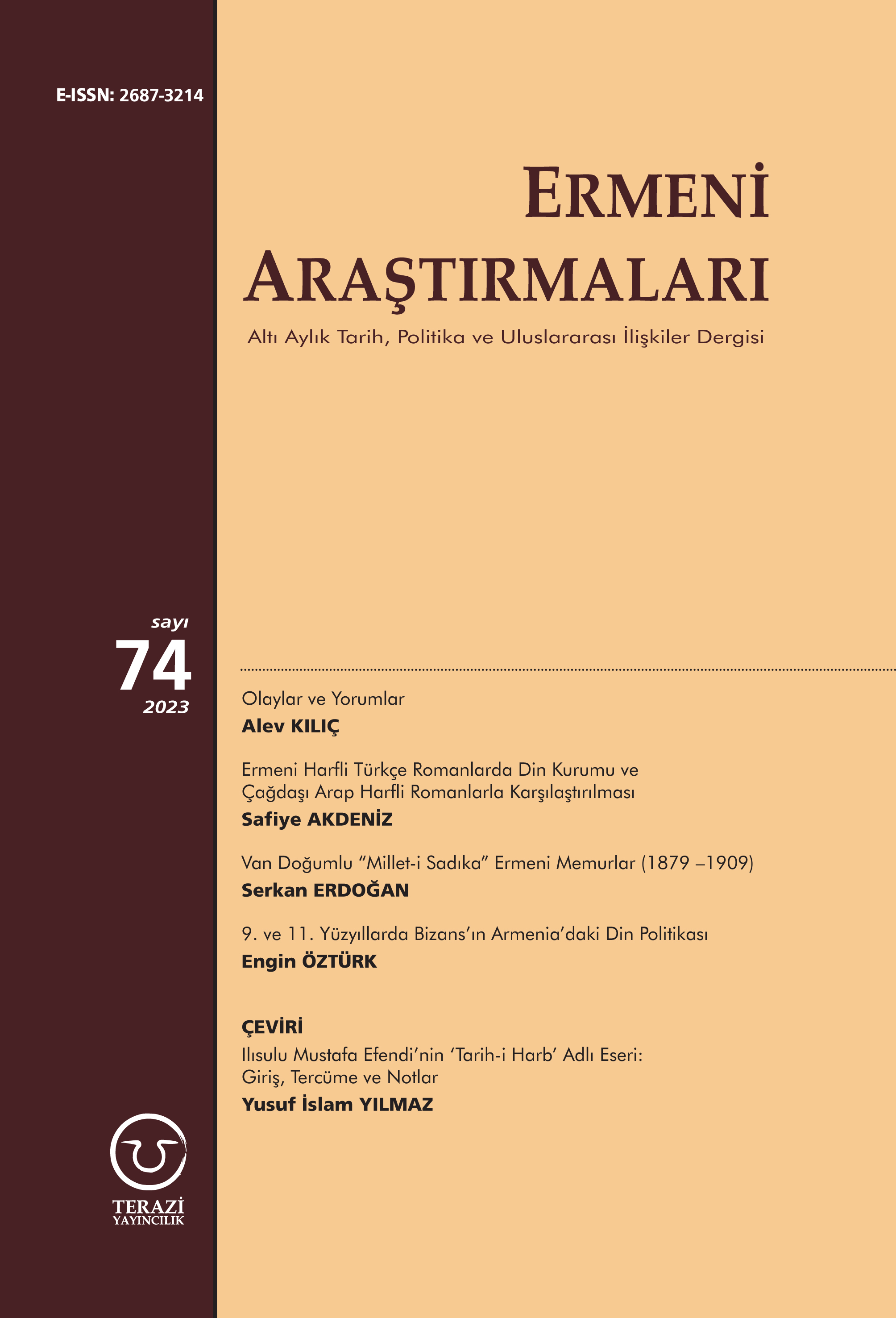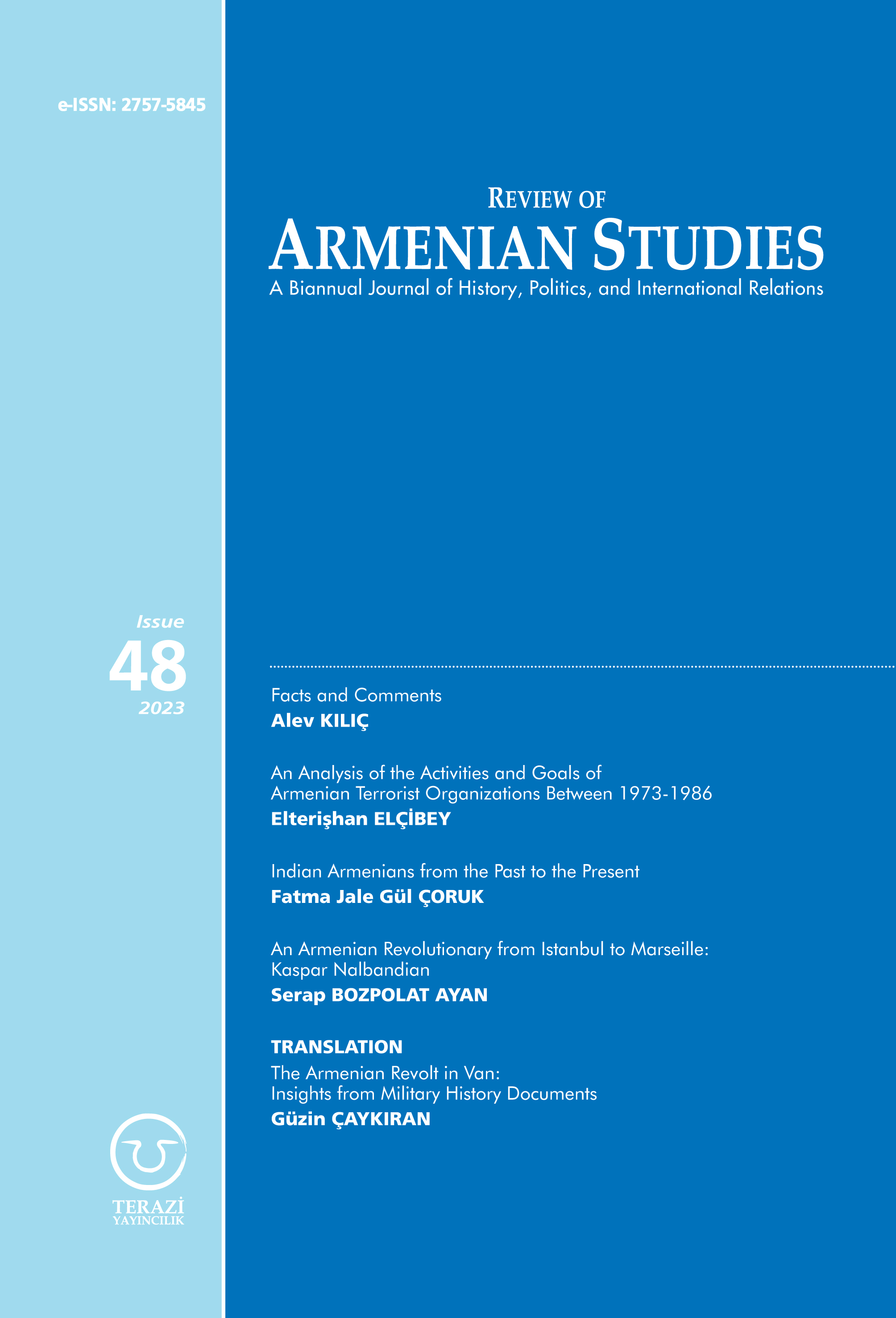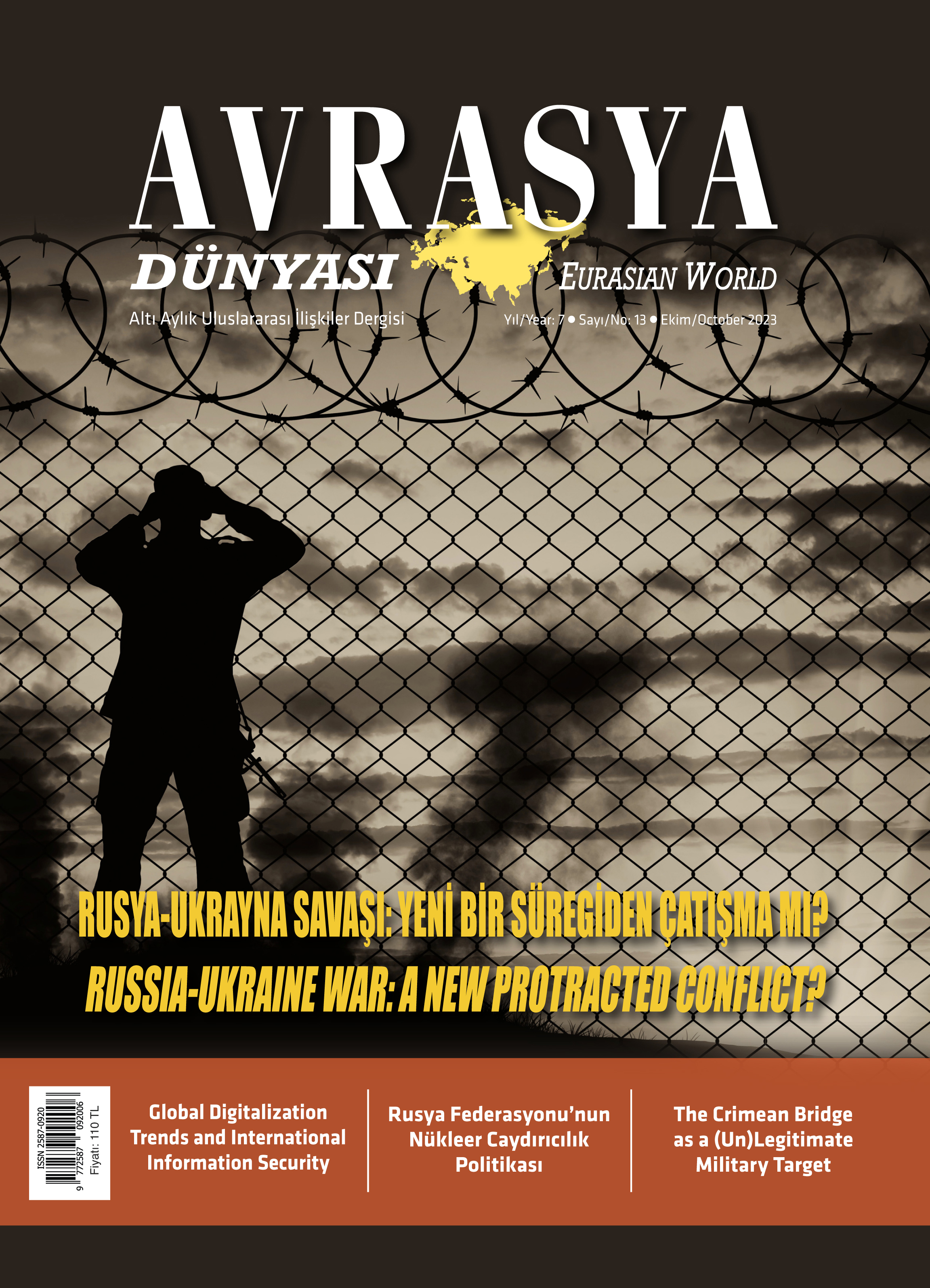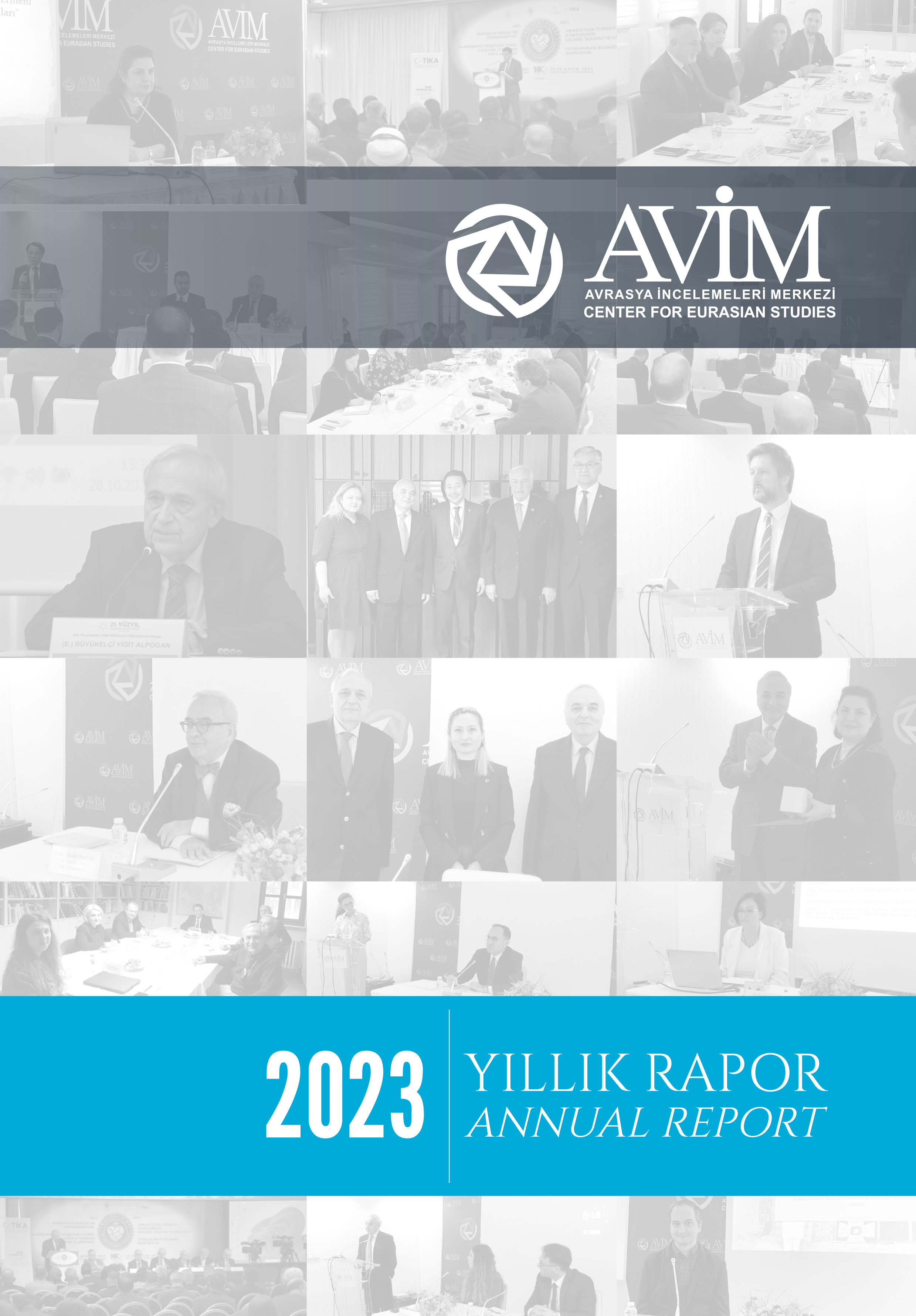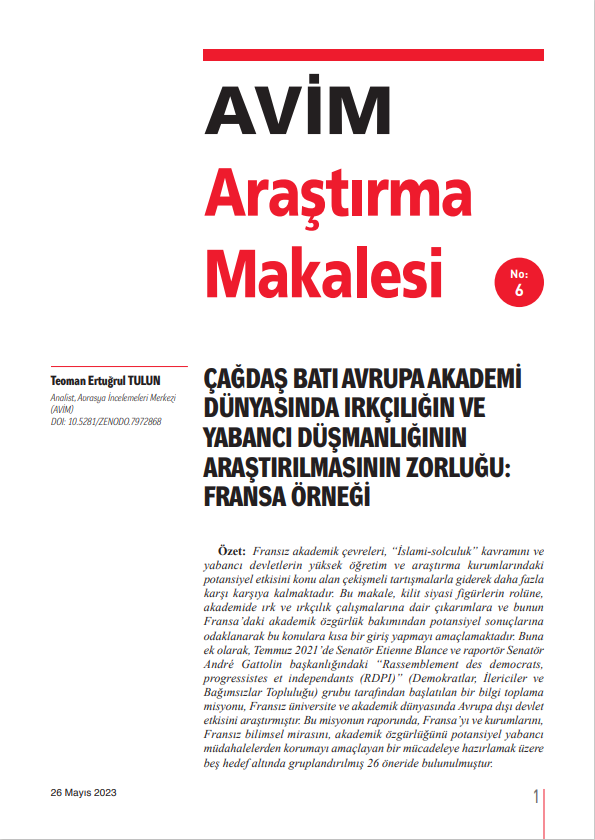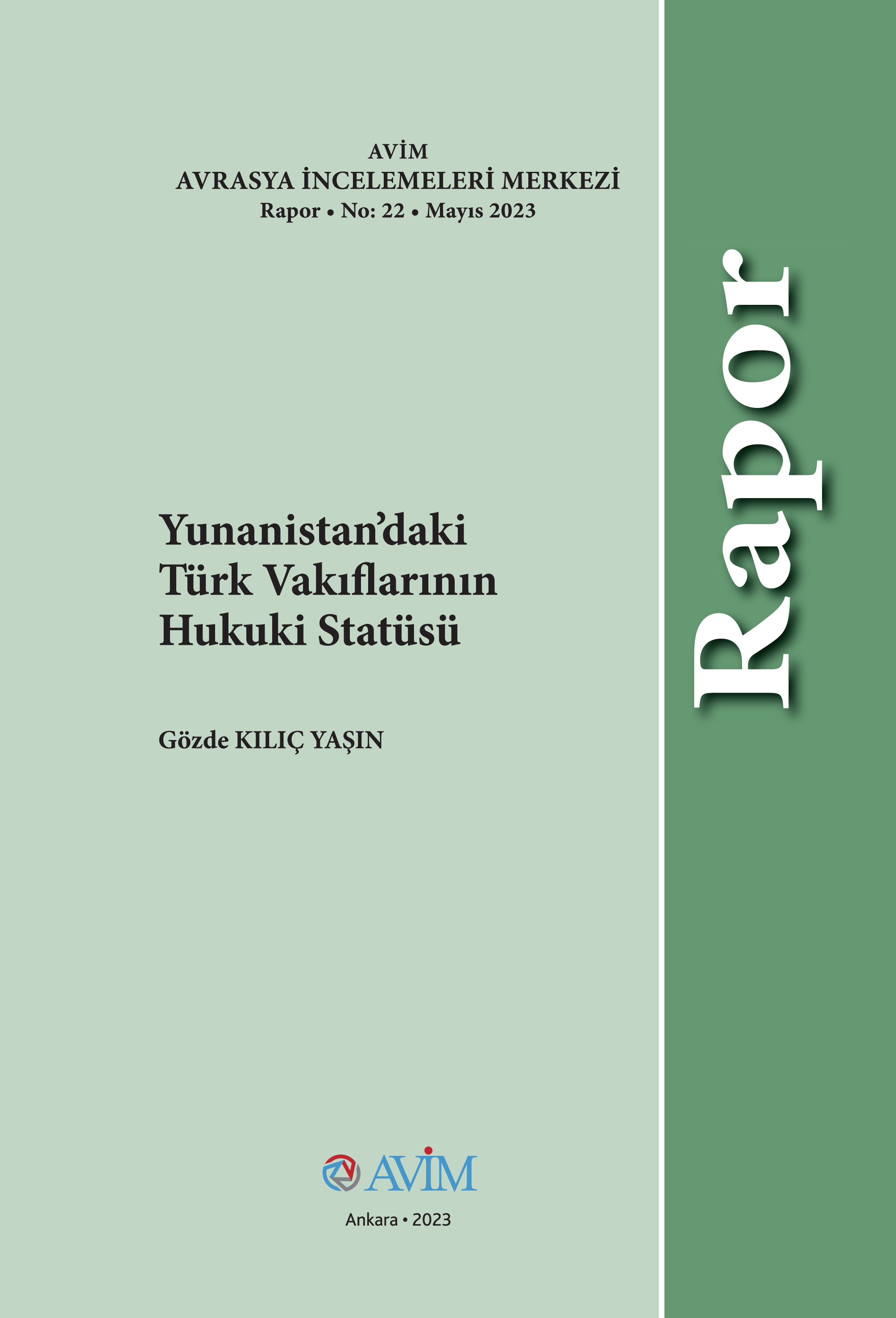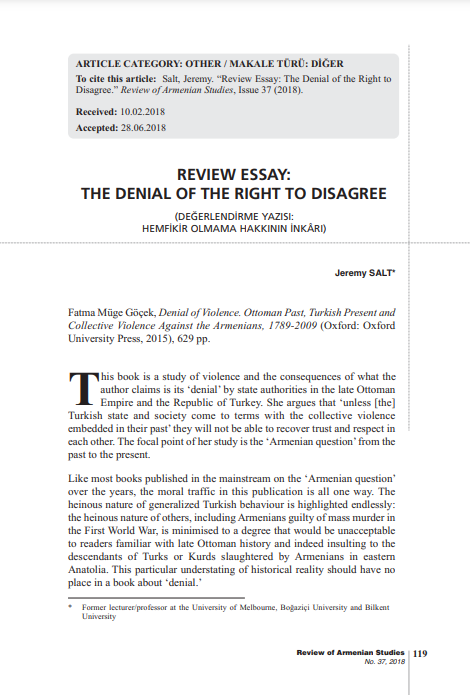In the beginning of April, news emerged on news agencies about Armenian military troops conducting joint exercise with North Atlantic Treaty Organization (NATO) troops.[i] According to the news, “underscoring increased U.S.-Armenian military cooperation”, Armenian troops were bid farewell by the United States ambassador in Yerevan before boarding on US military plane to head off for NATO’s “Saber Junction 15” exercises. Bringing together NATO members’ and partner countries’ armies together, these exercises are meant to train various countries armies to cooperate in future NATO-led military operations.
Armenia’s overall military cooperation with the US is conducted within the framework of its Individual Partnership Action Plan with NATO, which aims to bring Armenia’s military forces in line with NATO standards. However, despite its cooperation with NATO, Armenia is actually a member of the Collective Security Treaty Organization (CSTO) spearheaded by Russia. Although portraying itself as a military alliance primarily meant for deterrence with no specific enemy, it is general knowledge that CSTO was formed as a counterpart to NATO.
Armenia is not the only CSTO member to have Individual Partnership Action Plan with NATO. Kazakhstan too has such a Plan. However, there are specific and unique factors to Armenia that make its ties with NATO quite paradoxical:
Although it was already in Russia’s sphere of influence ever since its independence at the end of the Cold War, Armenia is currently coming close to becoming a satellite state of Russia. This is something that many people in Armenia can attest to, and something that is quite discomforting for them.
Besides its large military base in Sevastopol in Crimea of Ukraine, now under the Russia’s occupation, Russia’s second largest abroad military base is located in Armenia. This military base’s capacity was expanded last year and its operations were extended until 2044. Furthermore, Armenia’s border with Turkey is guarded not by Armenian forces, but rather by the Russian military.
Armenia’s hostile stance against both Turkey (a NATO member) and Azerbaijan (a NATO partner) serve no other purpose than to foster instability in Caucasia. Armenia still insinuates claims about Turkey’s territory. Armenia still occupies, despite four United Nations Security Council resolutions, 20% of Azerbaijan’s territory and shows no genuine willingness to compromise for a peaceful resolution to the Nagorno-Karabakh conflict. Despite its hostile stance against a NATO member and a NATO partner, Armenia has perplexingly faced no condemnation or pressure from NATO members, including the US.
In terms of NATO, it is cooperating with and strengthening the armed forces of a country that is firmly in the orbit of Russia and which is used to project Russian power in the region. This is country that is stubbornly hostile to one of the foremost NATO members (Turkey) and one of its important regional partners (Azerbaijan). This is a country that is used by Russia to break Western countries’ economic sanctions (most of which are NATO members). Without even pressuring it to revise some of its practices, NATO is willing to help Armenia simply as a means to spite Russia. Is this a proper and effective way to serve NATO’s interest?
In terms of Russia, it is turning a blind eye to the fact that one of its closest allies is closely collaborating with an organization (NATO) that Russia views as being against itself. According to Russia, NATO represents an impediment to Russia’s vital interests. Is it not strange then, that Russia remains silent as Armenia -a CSTO member- undermines Russia’s interests by collaborating with NATO?
This is not the only occasion in which Armenia manages to play both sides. Armenia is now a member of the Eurasian Economic Union spearheaded by Russia. At the same time, Armenia is still independently pursuing collaboration with the European Union. These two economic unions are mutually incompatible, yet Armenia still behaves as if it can maintain similar relations with both of them.
Armenia’s ability to court CSTO and NATO, and Eurasian Economic Union and European Union all at the same time with impunity is perplexing. Unlike many other countries, Armenia seems to be able to get away with maintaining paradoxical relations, and neither the US (or any other NATO member for that matter) nor Russia seem to care that the country they are collaborating with is actively undermining their interests.
© 2009-2024 Center for Eurasian Studies (AVİM) All Rights Reserved

 THE FRENCH BILL OF JULY 1 AND ITS IMPLICATONS
THE FRENCH BILL OF JULY 1 AND ITS IMPLICATONS
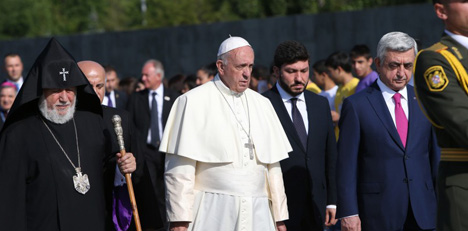 POPE FRANCIS’ PUSH FOR ECUMENISM
POPE FRANCIS’ PUSH FOR ECUMENISM
 THE TERRITORIAL DISPUTE BETWEEN AZERBAIJAN AND ARMENIA BEFORE THE ECHR
THE TERRITORIAL DISPUTE BETWEEN AZERBAIJAN AND ARMENIA BEFORE THE ECHR
 ARAM I’S EFFORTS TO GUIDE THE EUROPEAN COURT OF HUMAN RIGHTS
ARAM I’S EFFORTS TO GUIDE THE EUROPEAN COURT OF HUMAN RIGHTS
 WHAT IS THE WORLD COUNCIL OF CHURCHES?
WHAT IS THE WORLD COUNCIL OF CHURCHES?
 CYBERBULLYING AGAINST AVIM FOR ALLEGED HATE SPEECH
CYBERBULLYING AGAINST AVIM FOR ALLEGED HATE SPEECH
 THE IMPORTANCE of the NEW SILK ROAD on TRADE
THE IMPORTANCE of the NEW SILK ROAD on TRADE
 CONCERNING A ROUND TABLE MEETING
CONCERNING A ROUND TABLE MEETING
 THE JEWS ARE GETTING THEIR SHARE FROM THE RISING FAR RIGHT IN EUROPE
THE JEWS ARE GETTING THEIR SHARE FROM THE RISING FAR RIGHT IN EUROPE








